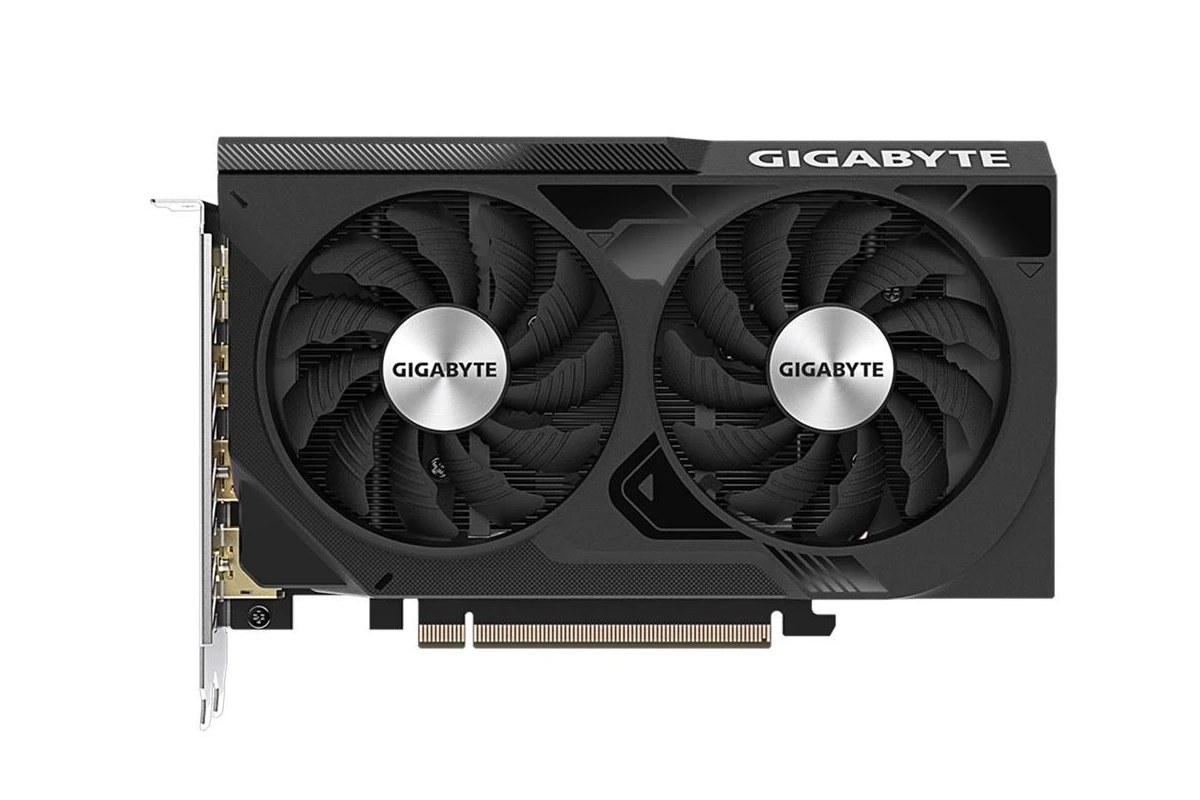The Nvidia RTX 5050 is set to be the next entry-level graphics card in Nvidia’s lineup. It’s expected to launch in 2025 as part of the RTX 50 series. The RTX 5050 will likely offer improved performance over its predecessor while maintaining an affordable price point for budget-conscious gamers.
This new GPU is rumored to be based on Nvidia’s Blackwell architecture. It may bring enhanced ray tracing and AI capabilities to lower-end systems. The RTX 5050 could provide a significant upgrade for those still using older graphics cards.
Nvidia hasn’t officially announced specs for the RTX 5050 yet. But it’s expected to support DirectX 12 Ultimate. This ensures compatibility with the latest gaming technologies. As CES 2025 approaches, more details about this new graphics card may emerge.
Nvidia’s Next-Gen GPUs: The RTX 5050
The Nvidia RTX 50 series is on the horizon, promising a significant leap in graphics processing power. But what about gamers on a budget? The RTX 5050 is expected to be the entry-level offering in this new lineup. It aims to bring next-gen performance to a more affordable price point.
Expected Release Date
While no official release date has been announced, rumors suggest the RTX 5050 will launch in the first half of 2025. This aligns with the expected release window for the rest of the 50 series. However, keep in mind that this is just speculation for now.
Predicted Specs and Performance
Details about the RTX 5050’s specifications are still scarce. However, we can make some educated guesses based on previous trends and Nvidia’s advancements. It is likely to feature a cut-down version of the next-gen Ada Lovelace architecture. This could offer a noticeable performance boost over the current RTX 4050.
The RTX 5050 will probably include support for DLSS 3. This AI-powered technology can significantly improve frame rates. It’s also expected to come with improved ray tracing capabilities.
Potential Price
Pricing is always a key factor for entry-level GPUs. The RTX 5050 is expected to be priced competitively. It will likely target the sub-$300 market, making it accessible to a wide range of gamers.
What We Hope to See
For the RTX 5050 to be a true success, we hope to see some key improvements. These include a significant boost in raw performance, more VRAM, and better power efficiency. If Nvidia can deliver on these fronts, the RTX 5050 could be a compelling option for budget-conscious gamers.
Possible RTX 5050 Specs:
| Specification | Expected |
|---|---|
| Architecture | Ada Lovelace (cut-down) |
| CUDA Cores | 3072 – 3584 |
| Memory | 8GB GDDR6 |
| Memory Bus | 128-bit |
| TDP | 150W |
Key Takeaways
- The RTX 5050 is Nvidia’s upcoming entry-level graphics card for 2025
- It’s expected to offer better performance than current budget GPUs
- The card will likely support modern gaming features like ray tracing
Technical Specifications and Architecture
The RTX 5050 brings significant upgrades in core architecture, memory technology, and performance features. This entry-level GPU in the RTX 50-Series lineup showcases Nvidia’s latest advancements in consumer graphics technology.
Core Architecture and Performance Features
The RTX 5050 is built on Nvidia’s Blackwell architecture, using the GB207 graphics processor. It features an improved design for better efficiency and performance. The GPU includes CUDA cores for general computing tasks and specialized Tensor Cores for AI operations.
Ray tracing capabilities are enhanced with updated RT Cores. These improvements allow for more realistic lighting and reflections in games and 3D applications. The exact number of CUDA cores is not yet confirmed, but it’s expected to be higher than its predecessor.
Performance estimates suggest the RTX 5050 could offer up to 12.90 TFLOPS of computing power. This represents a notable jump from previous generation entry-level cards.
Memory Technology and Bandwidth
The RTX 5050 is rumored to come with 8GB of VRAM. It may use either GDDR6 or the newer GDDR7 memory technology. The memory bus width is likely to be 128-bit or 256-bit, depending on final specifications.
GDDR7 memory, if implemented, would provide a significant boost in bandwidth compared to GDDR6. This upgrade could greatly benefit texture loading and high-resolution gaming.
The GPU is expected to feature 32MB of L2 cache. This larger cache size helps reduce memory latency and improves overall performance in gaming and content creation tasks.
Comparative Analysis with Previous Generations
Compared to the RTX 4050 and RTX 3050, the 5050 is set to offer notable improvements. The new Blackwell architecture should provide better performance per watt than Ampere or Ada Lovelace designs.
Raw performance is likely to surpass the RTX 4050, potentially offering mid-range graphics capabilities at an entry-level price point. The improved memory subsystem will aid in 1080p and possibly 1440p gaming scenarios.
Ray tracing performance is expected to see a significant boost. This could make advanced lighting techniques more accessible in budget-friendly GPUs. AI-enhanced features like DLSS may also see improvements, further boosting frame rates in supported games.







